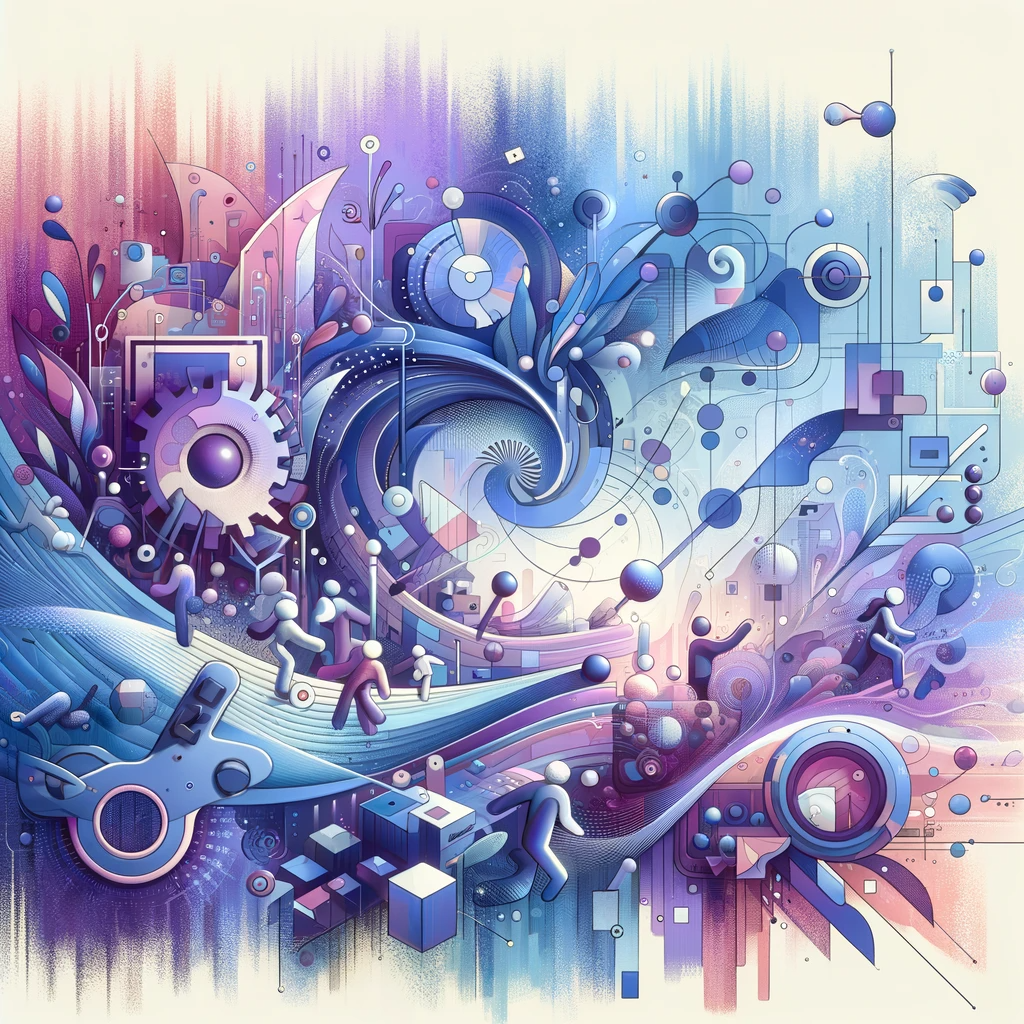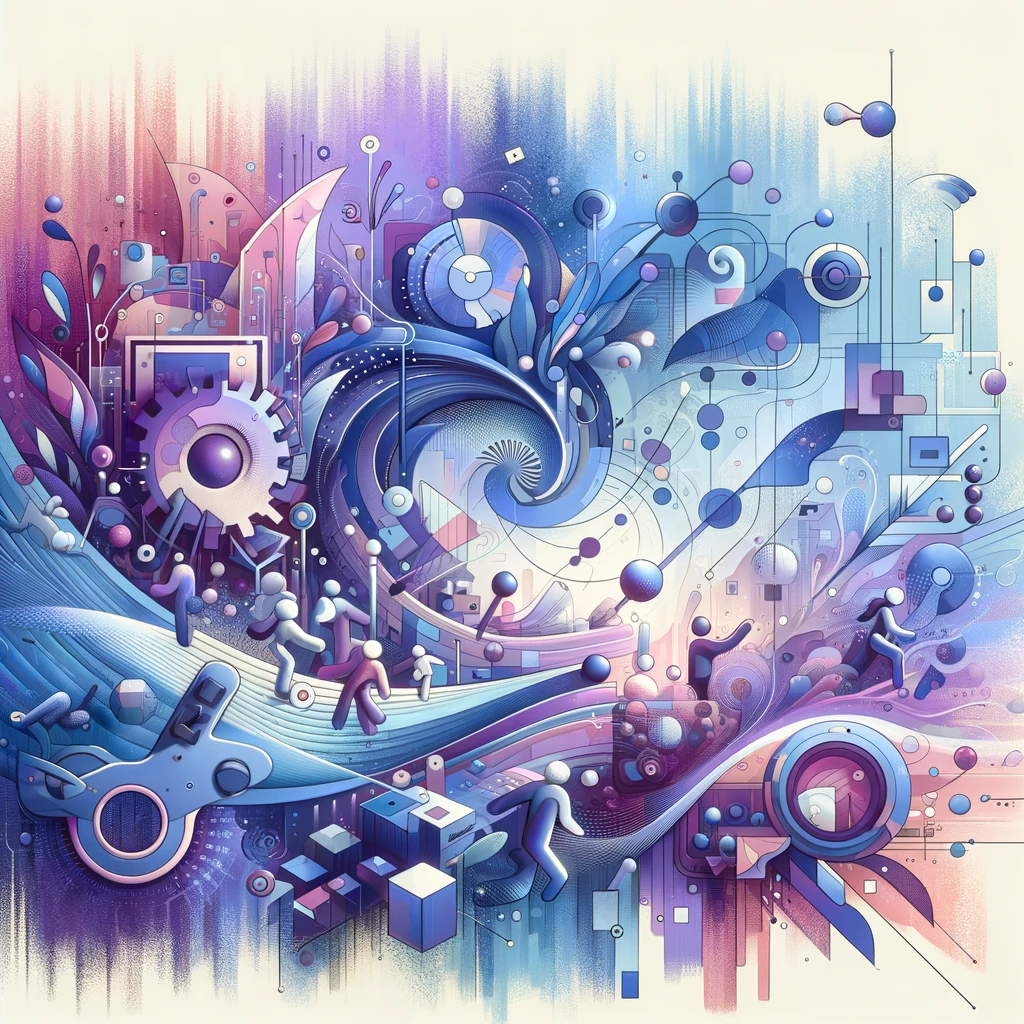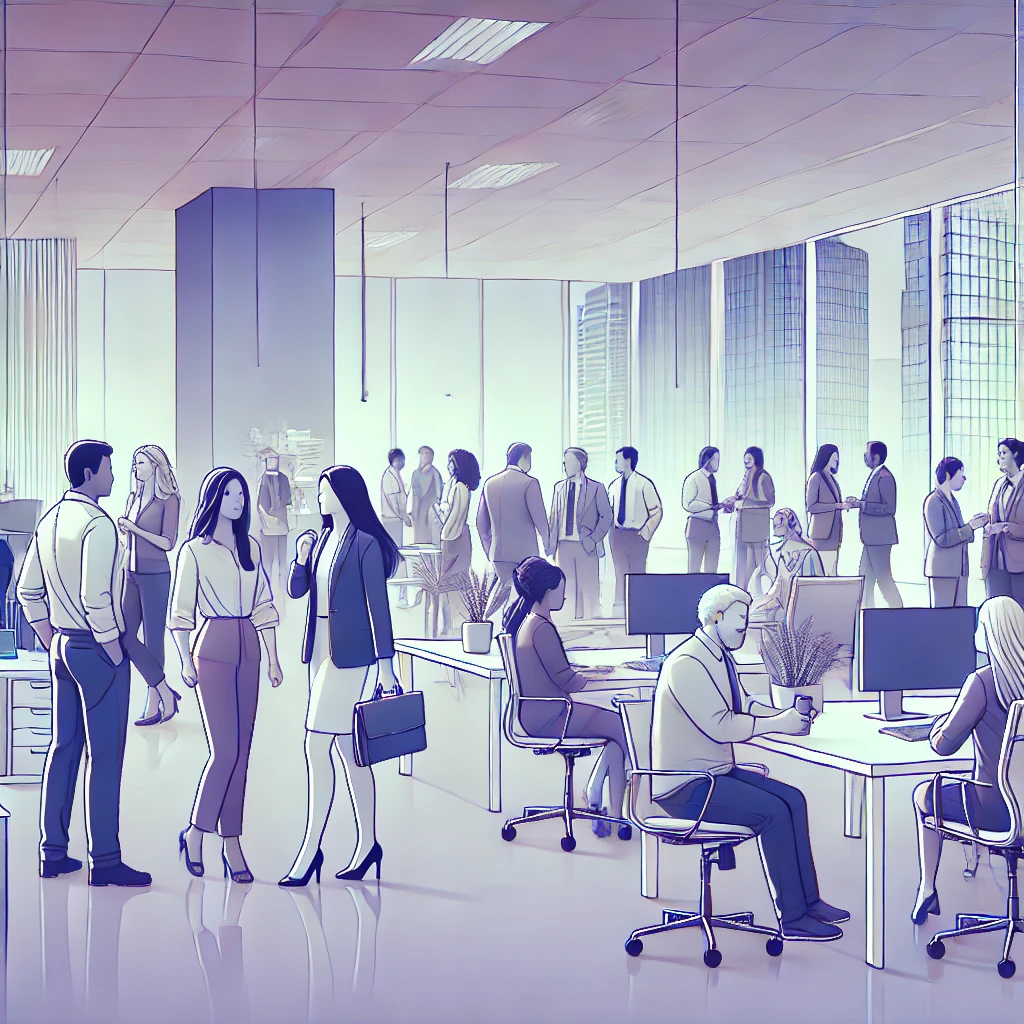Employee Satisfaction: The Generational Appeal of Workplace Gamification
In the modern workplace, enhancing employee satisfaction is a multi-dimensional challenge. A creative and increasingly popular approach is the integration of fun activities and gamification into the work environment. This post will explore how these strategies can significantly boost employee satisfaction, with a focus on catering to the diverse needs of different generations in the workforce.
Employee Satisfaction: Engaging the Workforce with Gamification
Gamification transforms routine tasks into engaging, game-like experiences. By incorporating elements such as point scoring, leaderboards, and rewards, mundane tasks become exciting challenges. This approach not only makes work more enjoyable but also encourages a spirit of healthy competition and collaboration. The result is a noticeable boost in employee satisfaction, as staff feel more motivated and engaged in their daily activities.
The Fun Factor: Diverse Activities for Enhanced Employee Satisfaction
Besides gamification, organizing fun activities like team outings, creative workshops, or themed days can significantly enhance employee satisfaction. These activities break the monotony of work, foster team bonding, and create a more vibrant workplace culture. They serve as an outlet for creativity and relaxation, contributing to a positive and enjoyable work environment.

Understanding Generational Preferences
While fun activities and gamification are effective, it’s essential to recognize that different generations may have varying preferences. Millennials and Gen Z employees might enjoy tech-driven gamification and social media challenges, whereas Gen X and Baby Boomers might appreciate more traditional team-building exercises and recognition programs. Tailoring these activities to suit the diverse tastes of a multi-generational workforce is key to maximizing their impact on employee satisfaction.
Customized Gamification: Catering to Varied Employee Needs
Customizing gamification strategies to address the specific interests and motivations of different employee groups can greatly enhance their effectiveness. For younger generations, incorporating advanced technology and digital rewards can be particularly appealing. For older generations, emphasizing the value of experience and providing opportunities for mentorship within gamification frameworks can be more engaging.
Feedback and Adaptation: Refining Activities for Employee Satisfaction
To ensure these initiatives are hitting the mark, gathering feedback from employees is crucial. Surveys and discussions can provide insights into what activities are most enjoyable and beneficial, allowing organizations to refine and adapt their strategies. This adaptive approach demonstrates a commitment to employee satisfaction and continuous improvement.
In Conclusion: Fun Activities and Gamification as Pillars of Work Satisfaction
In conclusion, integrating fun activities and gamification into the workplace is a dynamic and effective way to boost employee satisfaction. By recognizing and catering to the varied needs of different generations, companies can create a more inclusive, engaging, and satisfying work environment. These initiatives not only enhance the day-to-day experience of employees but also foster a culture of collaboration, innovation, and enjoyment, contributing to the overall success and vitality of the organization.
To uncover how office design subtly influences employee satisfaction, delve into our insightful exploration in the post, “Employee Satisfaction: The Silent Impact of Office Design.”









